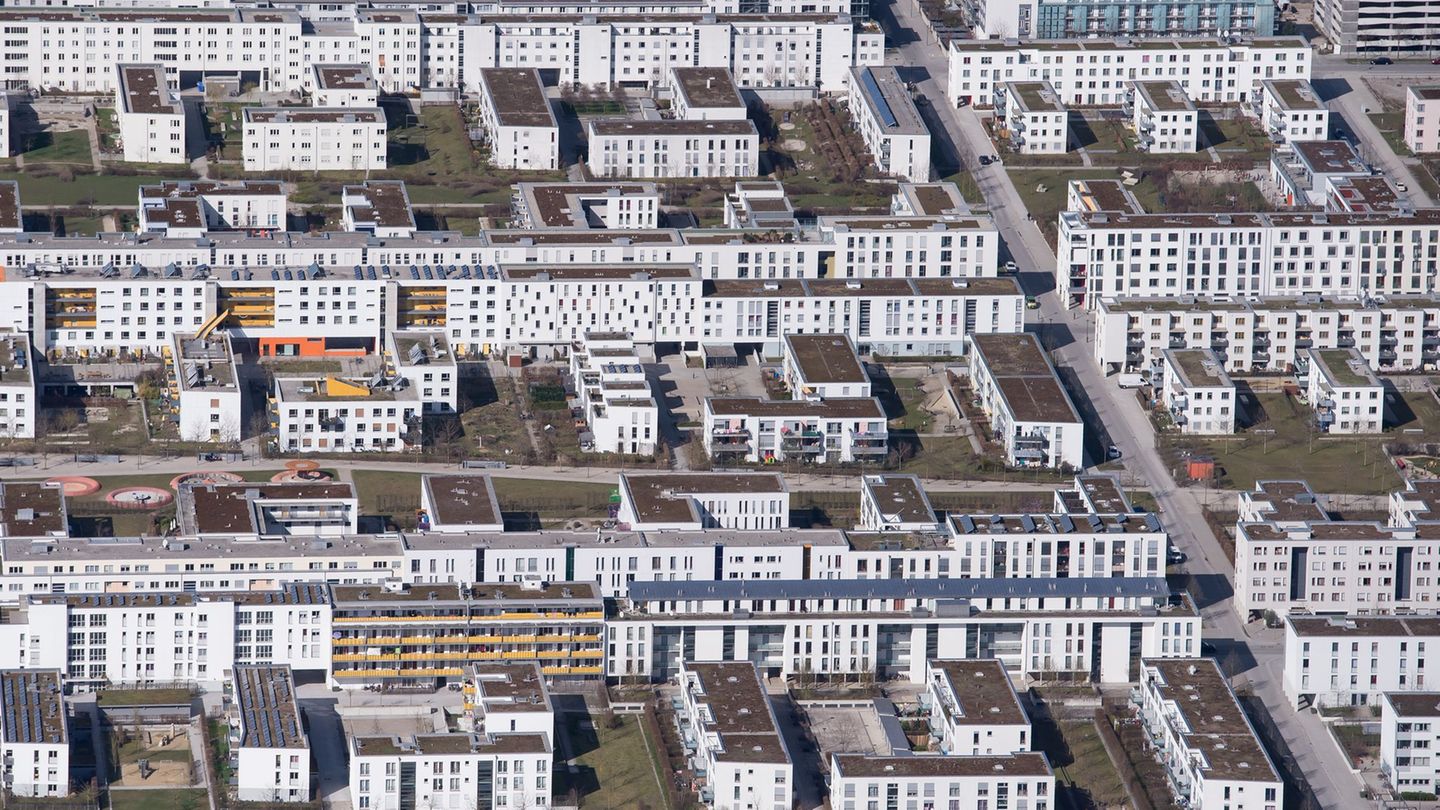The talks. They deepen understandings. It is known: the Argentine delegation that is in Washington continued negotiations yesterday with the technical staff of the International Monetary Fund (IMF). The objective is to advance the final details of an agreement. First information, to the Secretary of Economic Policy, gabriel rubinstein; and the vice president of central bank, Lisandro Cleri; who arrived in the capital of the United States on Tuesday, were joined this Wednesday by the head of advisors to the Ministry of Economy, Leonardo Madcur; and the Secretary of the Treasury, Raul Rigo.
Both took the American Airlines flight to Washington that departed last night at 10:30 p.m. As it turned out, Massa himself was the one who met with them before departure. In Economy, they told last night Ambit that “everything is on track”.
IMF: secret zoom and what they ask for
But there is more. There was an unofficial zoom with Georgieva. It was part of what accelerated the positions. The agency would have given in, at least in part, to their requests to apply a very strong devaluation of more than 80% and further adjust the stocks. More details: Massa and Georgieva spoke between 8:30 p.m. and 9:30 p.m.
A figure would have been reached for the body to inject, which will allow the payment of the US$2.7 billion that Argentina must disburse next week. There is another strong fact: during the day, Massa had several contacts with the White House. He also communicated with German government officials. These are the two key chairs -together with China- on the IMF board.
Dollar and other measures
However, if all the information provided by high sources is put on the same table, there is something additional that has the merit of ordering everything. A high source of Economy that participates in the talks with the IMF He maintained that it is very probable that Minister Massa will announce tomorrow a package of measures that, at this very moment, is being defined with the IMF. In fact, it could be a reversal of the classic seeing is believing, that is, that the Fund seems to be willing to put pressure on the Government to see if it implements what is being committed to in Washington.
Although there are no certainties, some definitions that are in the folder could be pointed out. On the one hand, a most expensive dollar for importers. On the other, a dollar soybeans 4 that it would be around $350 and that it would tie the one of the importers. The exchange rate would be unified, as requested by the agency, only marginally affecting the official price with a small devaluation.
IMF pressure
All this occurs while the IMF published, in the last hours, a new Annual Report on the Foreign Sector and warned about the situation in Argentina. There he pointed out that the exchange rate, strengthen reserves, have a restrictive monetary policy and gradually eliminate capital controls. The underlying question is whether the measures that the Government would announce tomorrow are related to these warnings.
As detailed in the report that released the data for 2022, Argentina suffers from “high vulnerabilities in external debt, precariously low international reserves, and a lack of access to international capital markets.” In this sense, the body led by Kristalina Georgieva considered that “it is critical to implement prudent macroeconomic policies that strengthen the external current account and reserve coverage to ensure external sustainability”.
An Economy source who requested anonymity made his defense. They think that it is another way of putting pressure, since in the last review the IMF had asked the Government to implement a spread dollar to make imports, freight and tourism more expensive.
The Central Bank’s response
He Central Bank (BCRA) also responded to the agency’s observations with a positive forecast on the surplus of the balance of trade of assets for the next few years. It is expected to double from 2024 to 2030, reaching a surplus close to US$41.8 billion. Other projections: Argentina’s total exports would reach US$144,000 million in 2030, driven by the growth of the fuel industry, especially crude oil of unconventional origin. Also from mining sector.
Georgieva’s dixits do not incorporate a concern that subsists in the Argentine delegation. That is, how to sustain and feed the intervention capacity that the Government will have in the coming weeks to manage the currency tensions. The decline in reserves is urgent. Yesterday US$264 million were lost and a more resistant floor could be observed for the CCL financial dollar, the MEP (which is around 525 pesos) and the blue.
Source: Ambito




